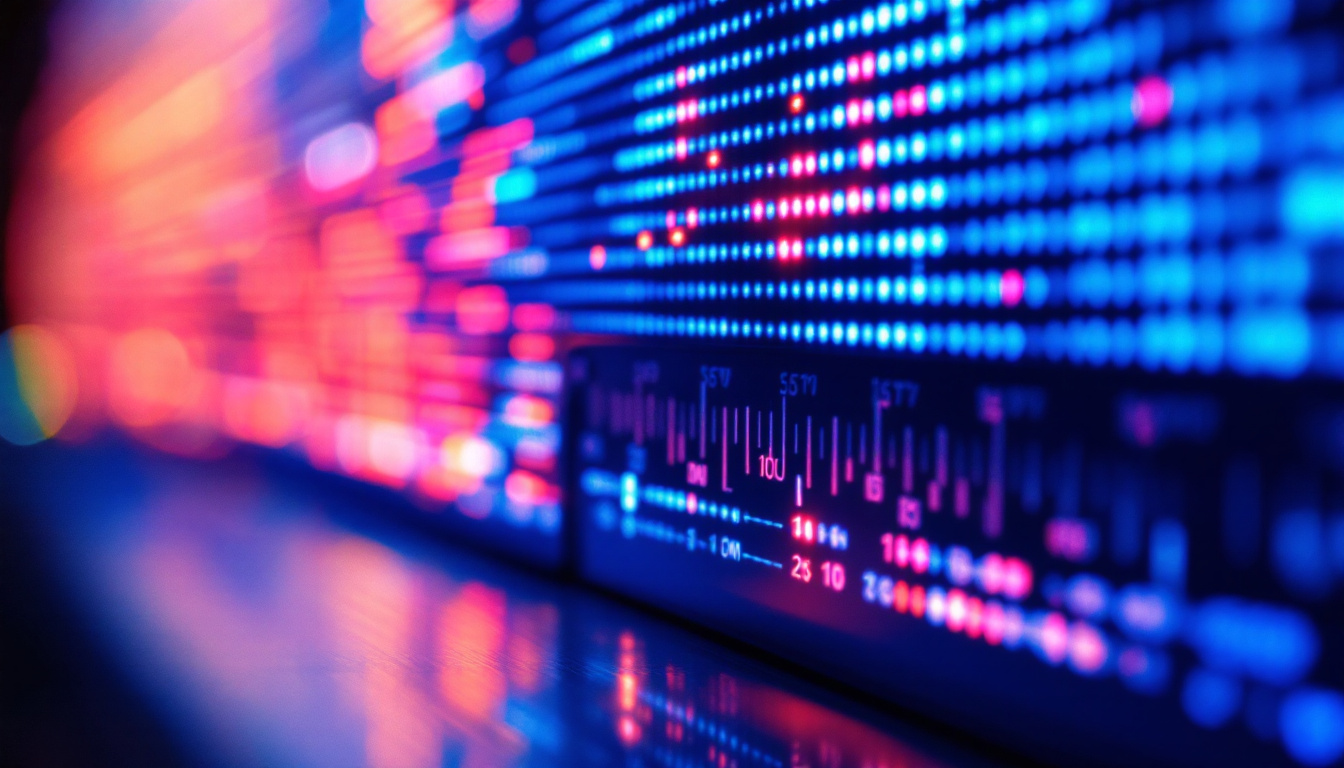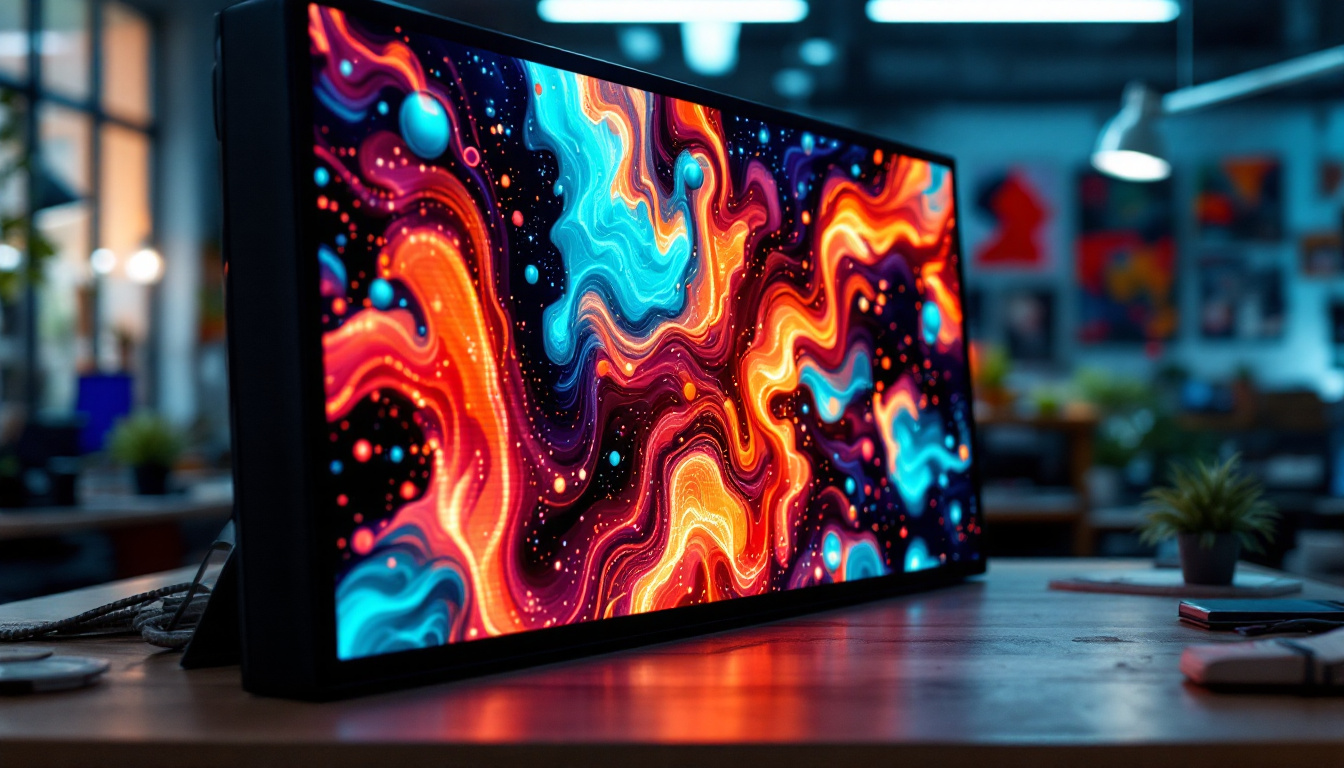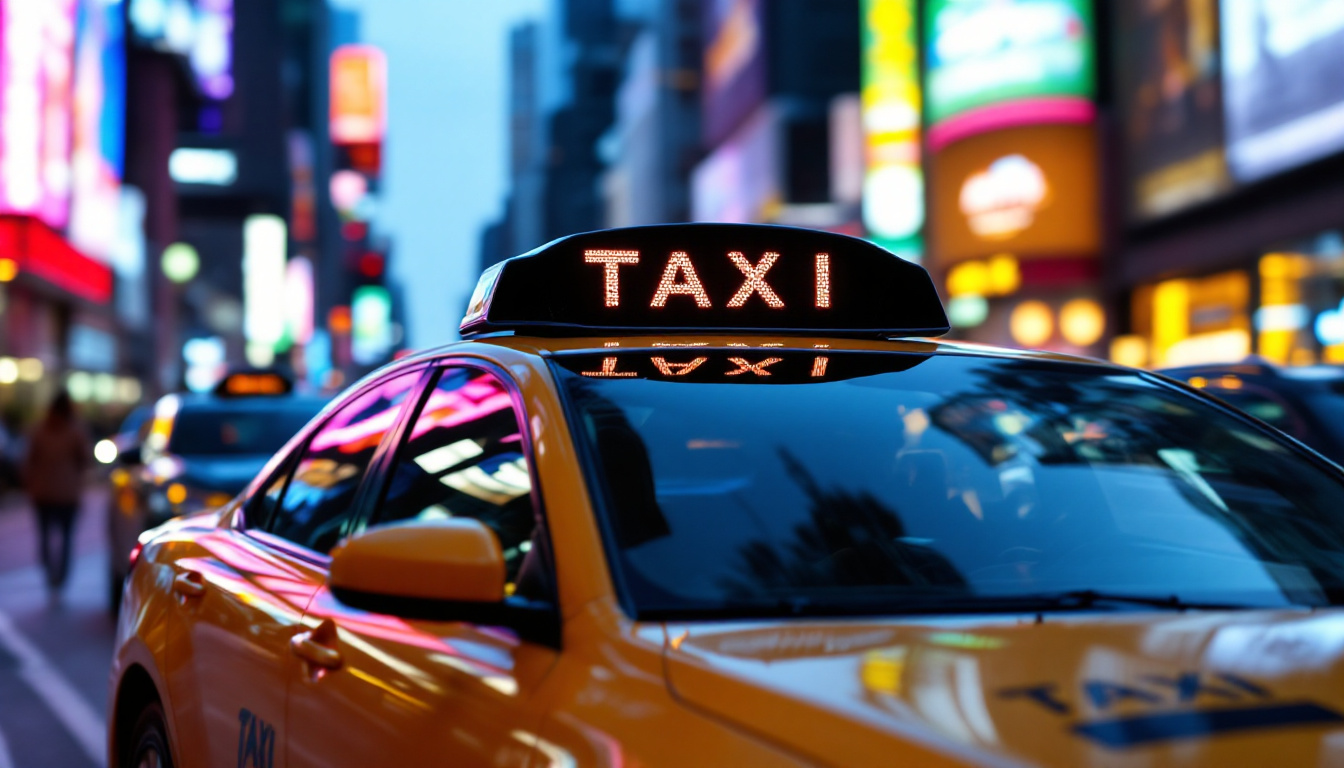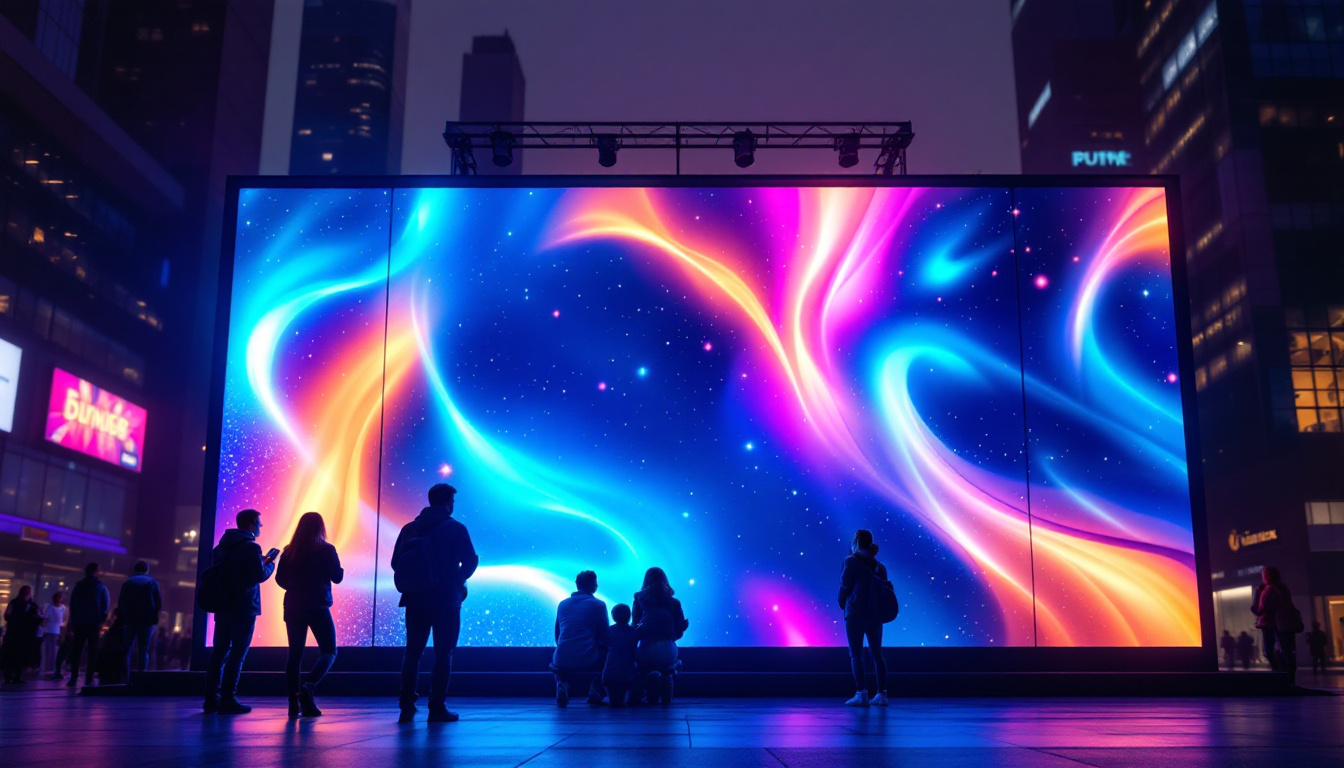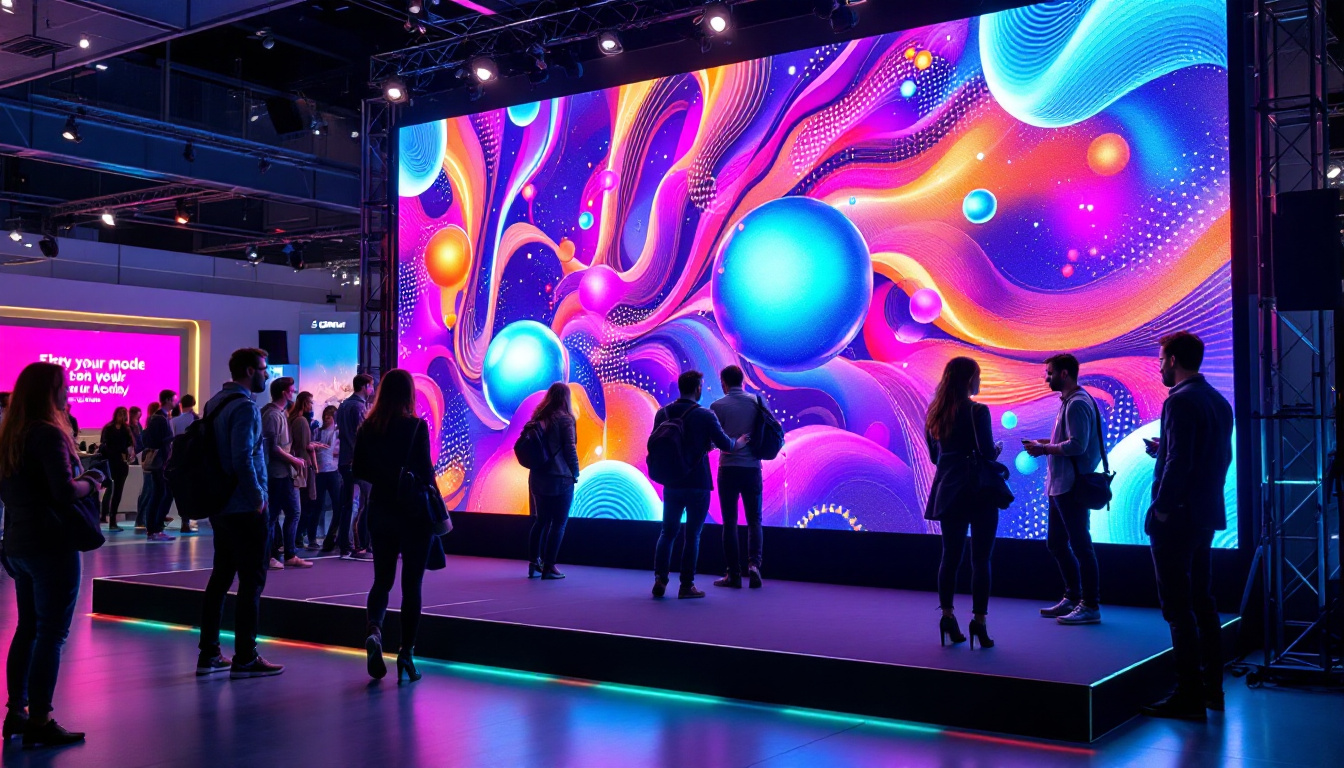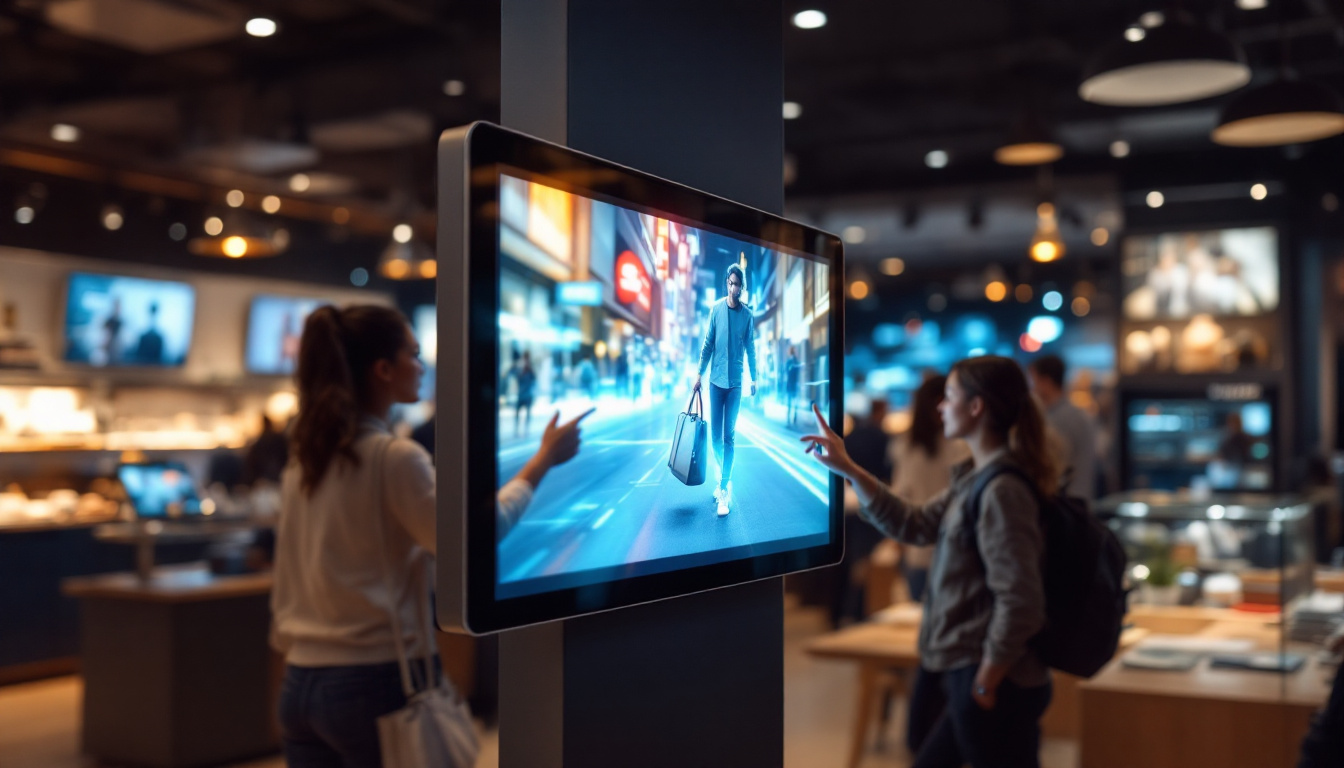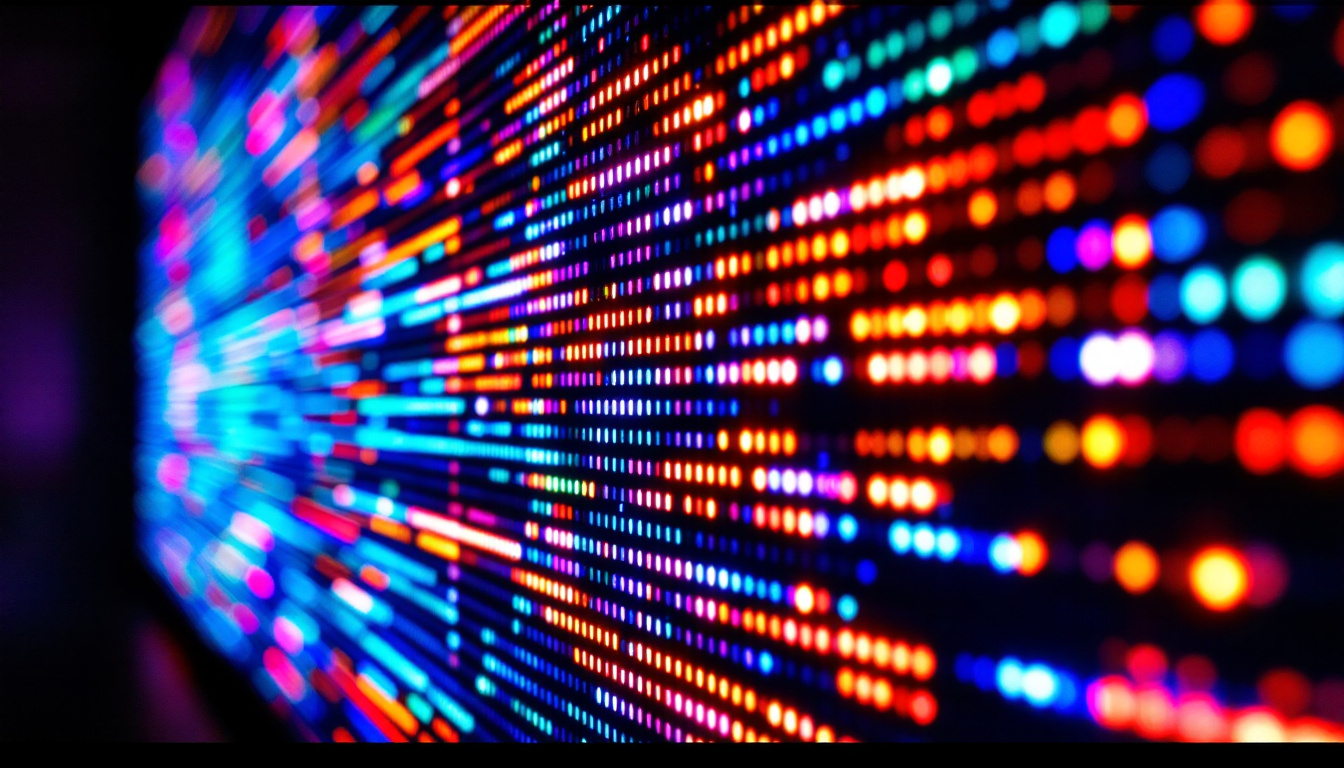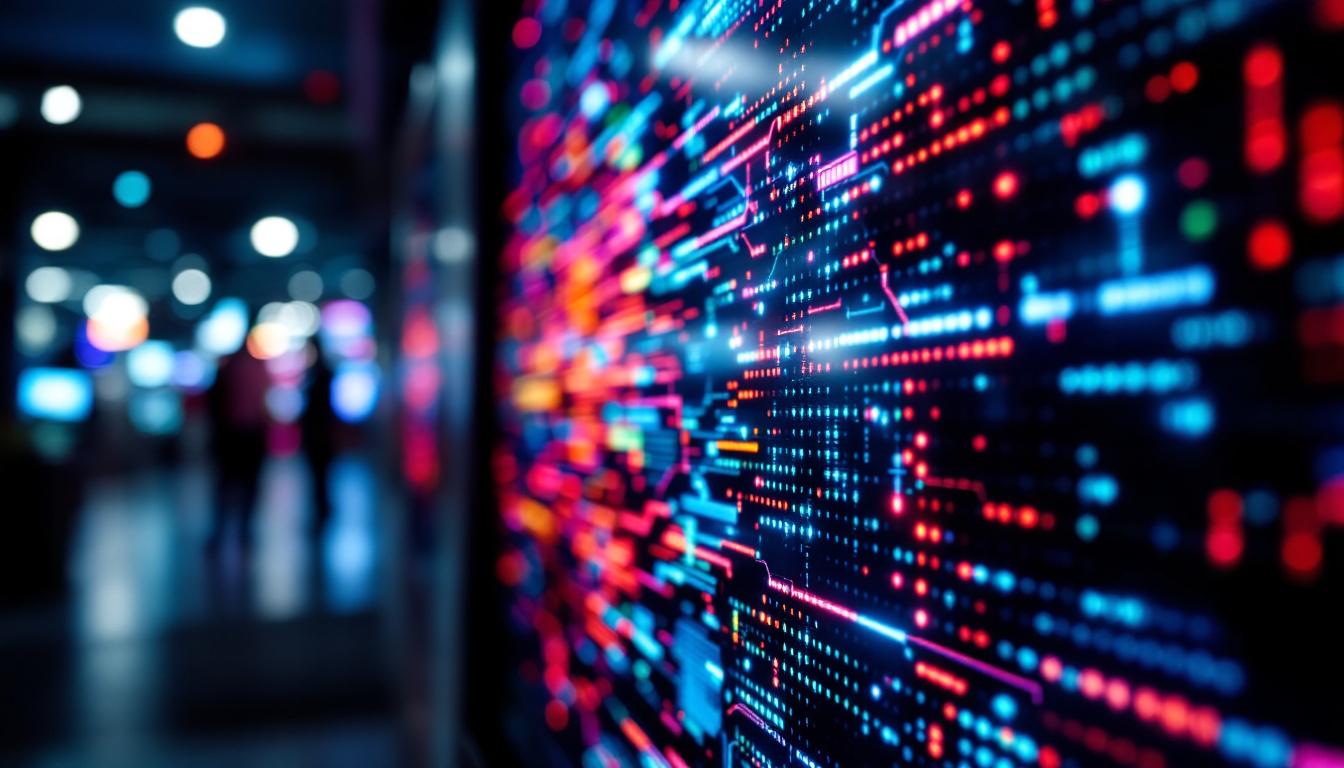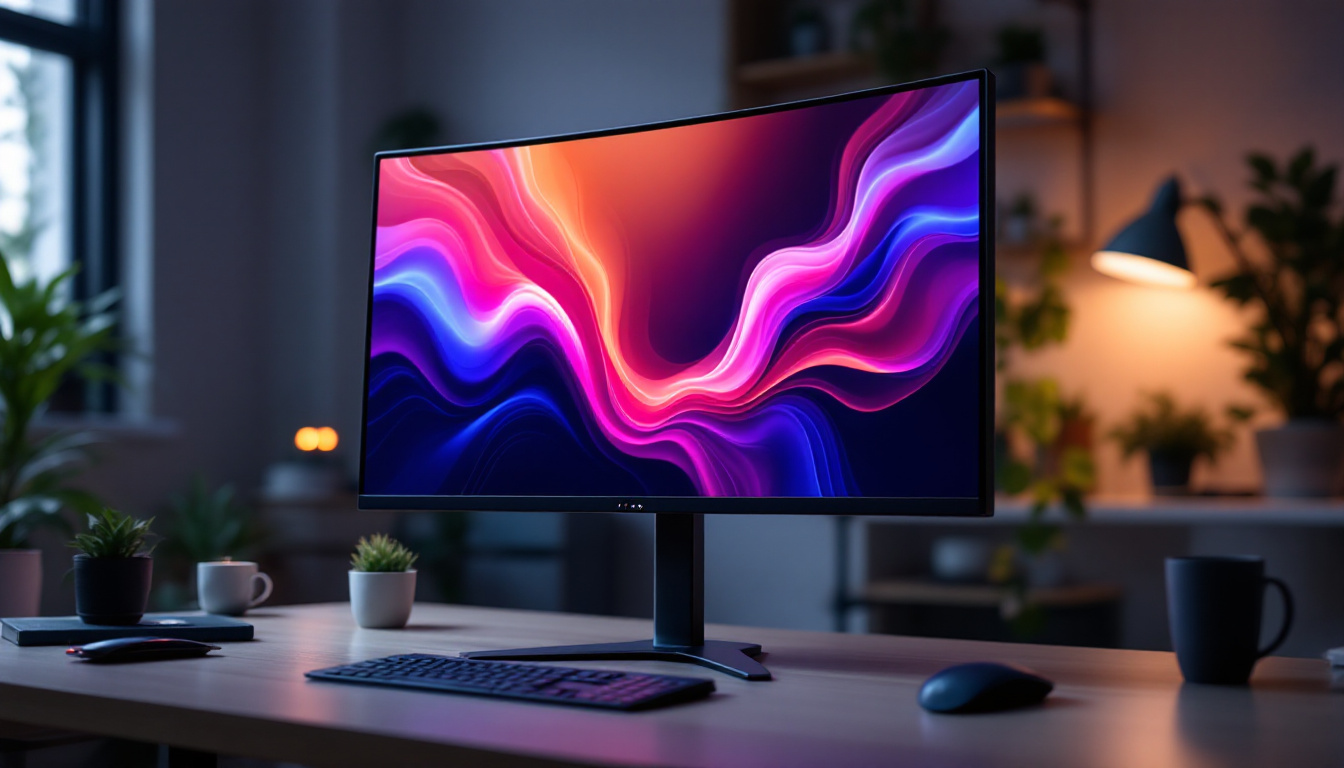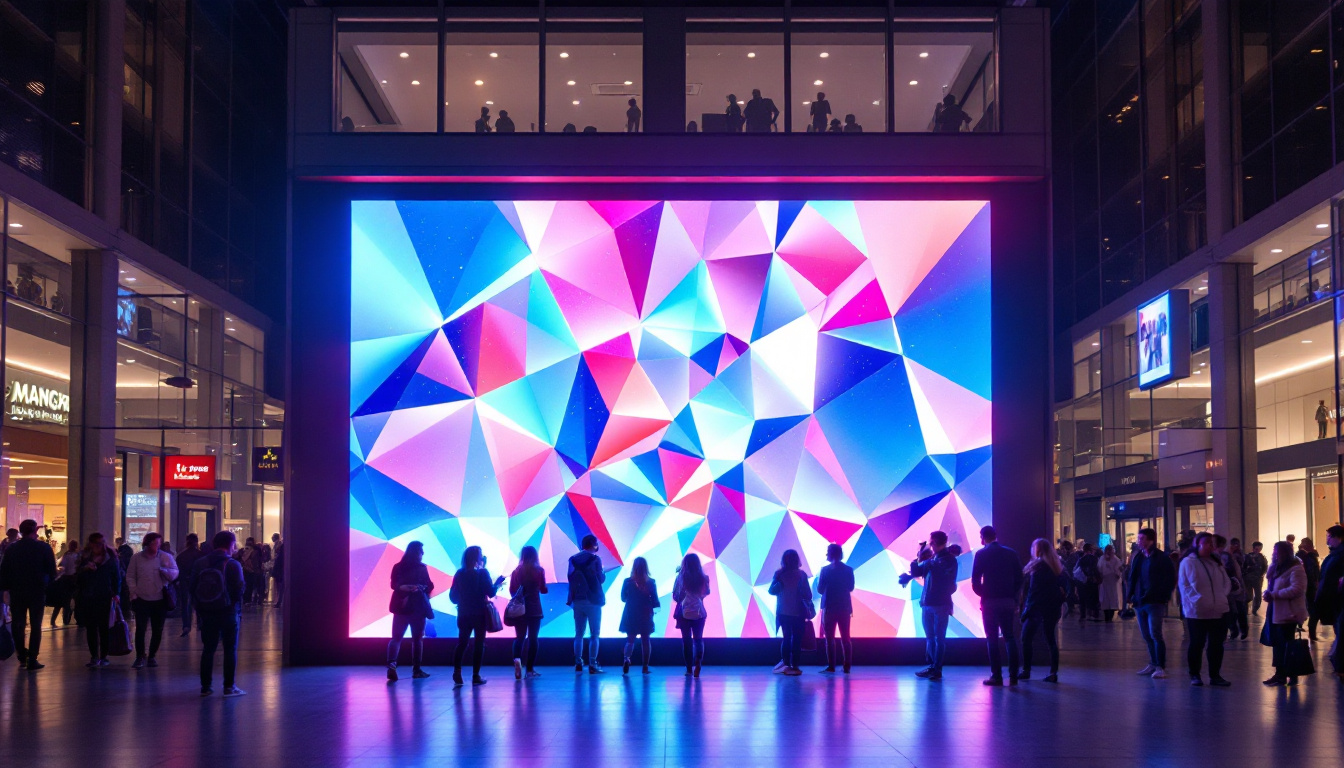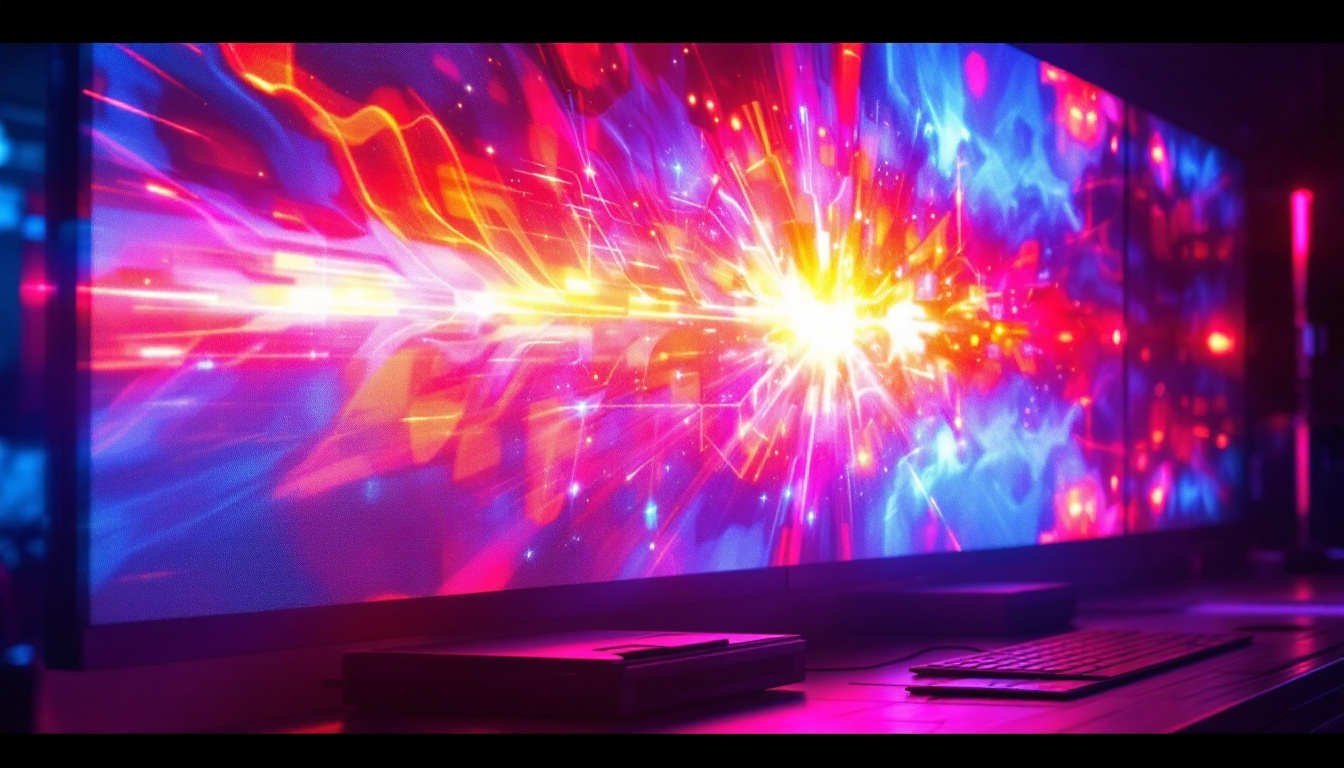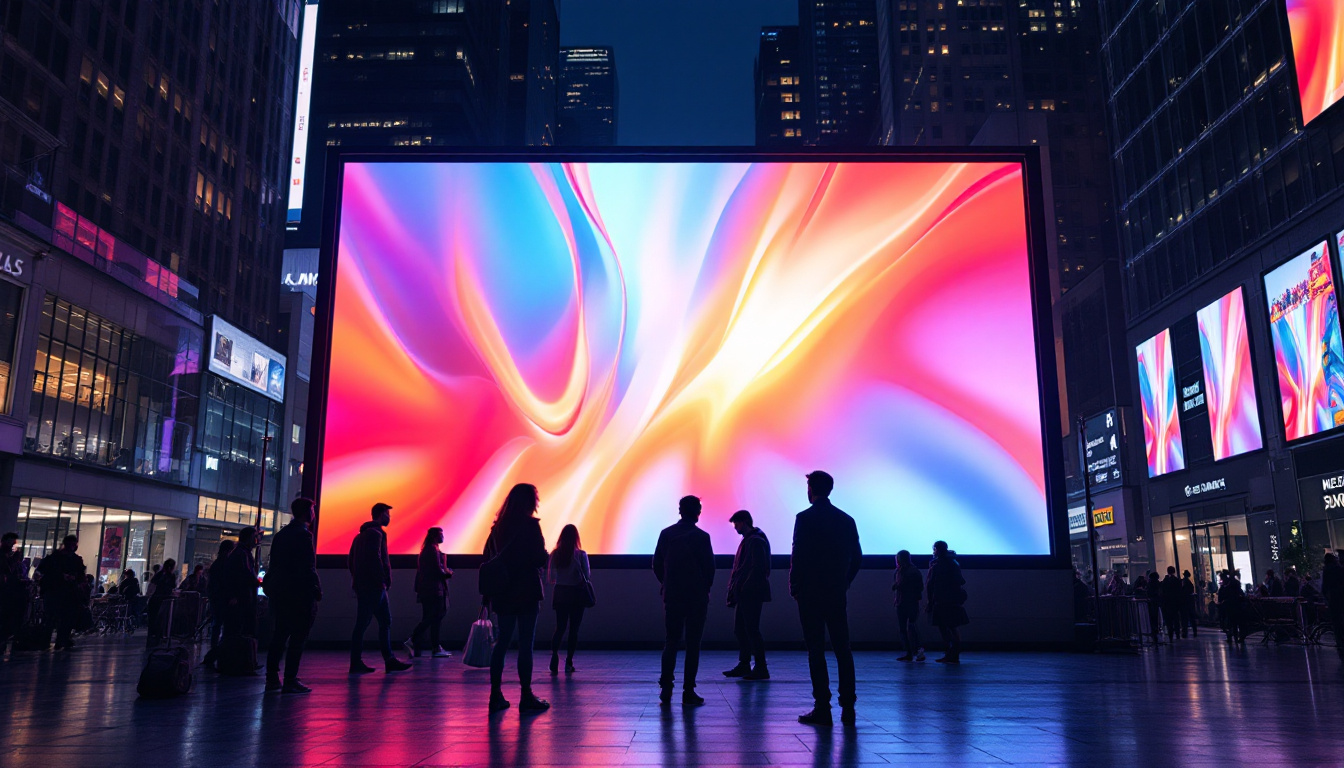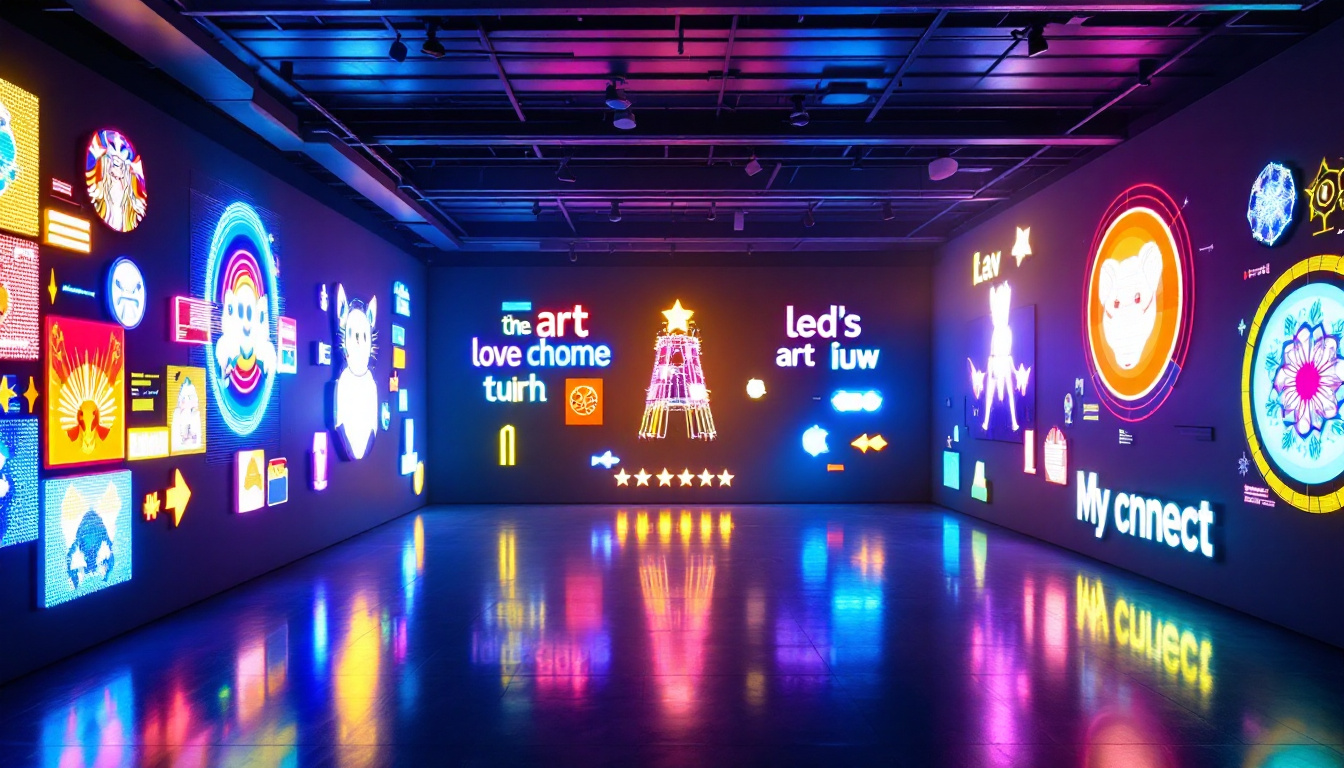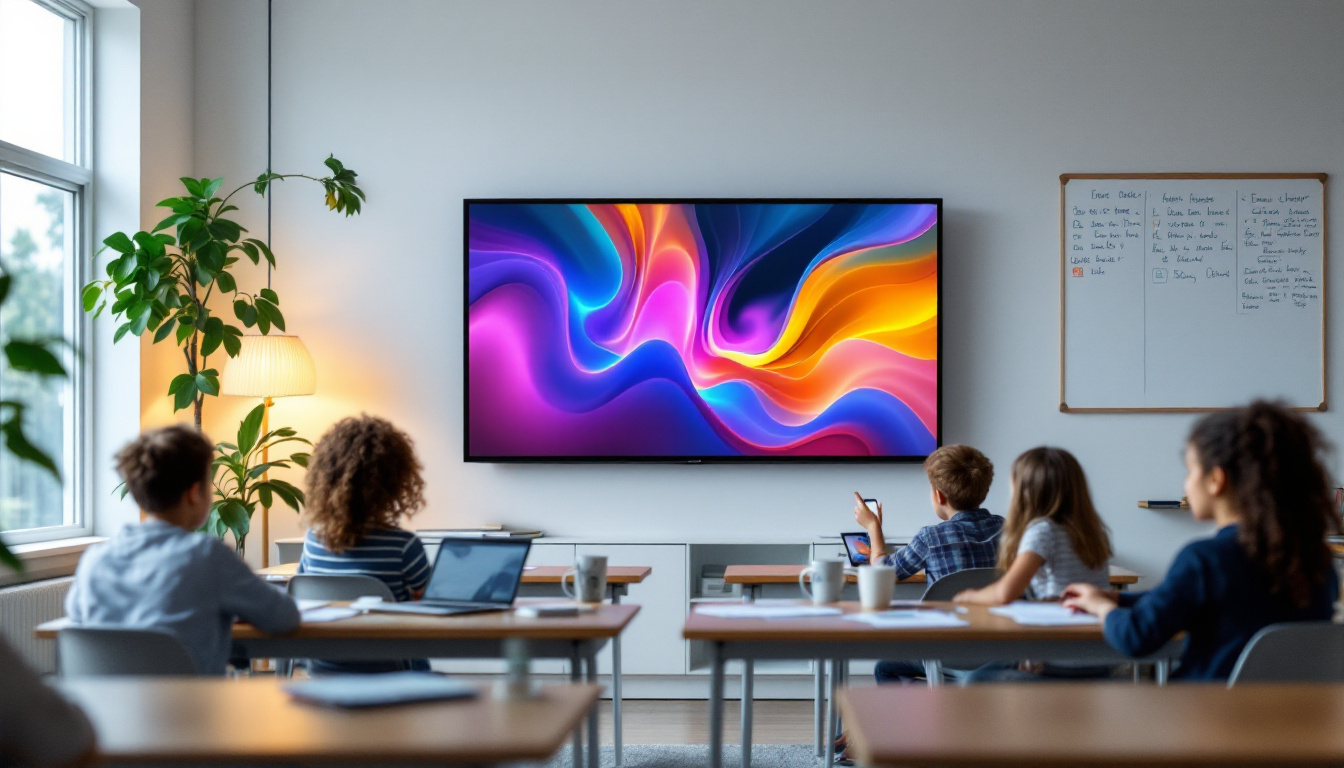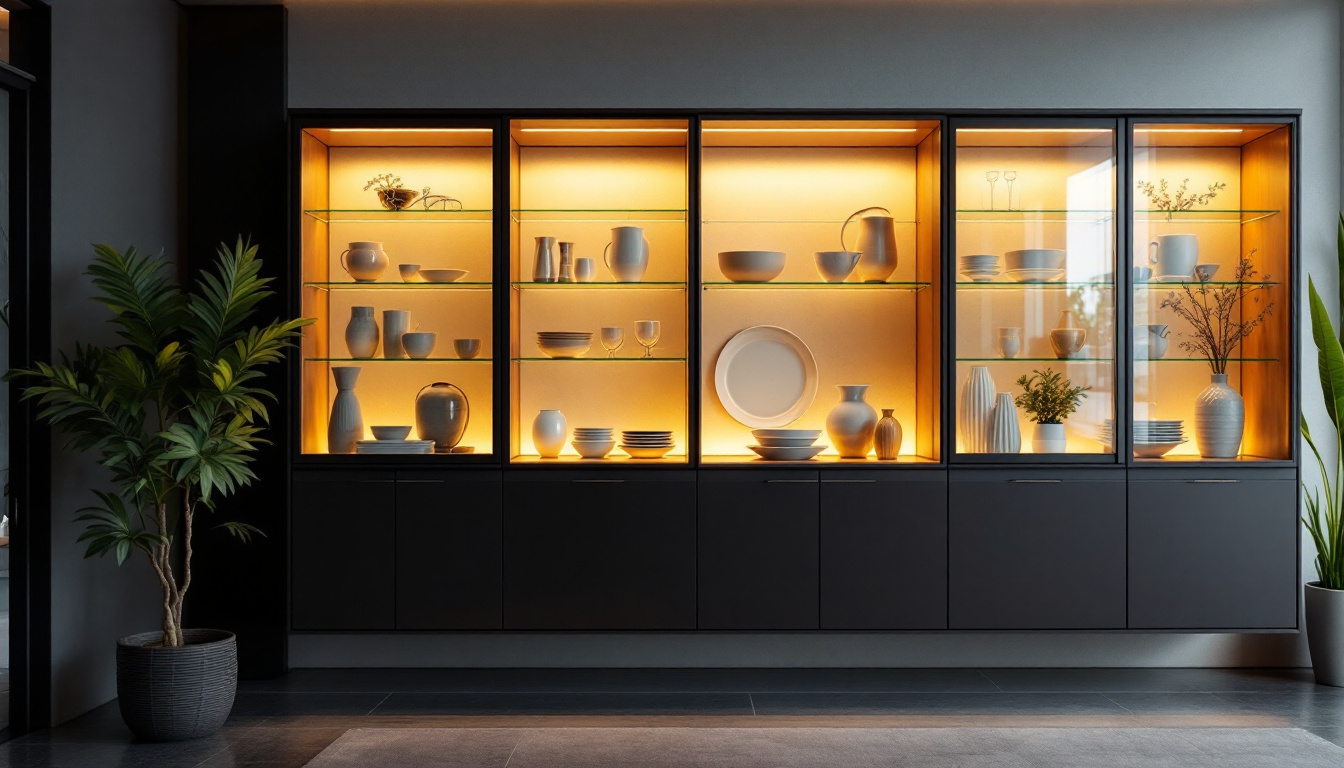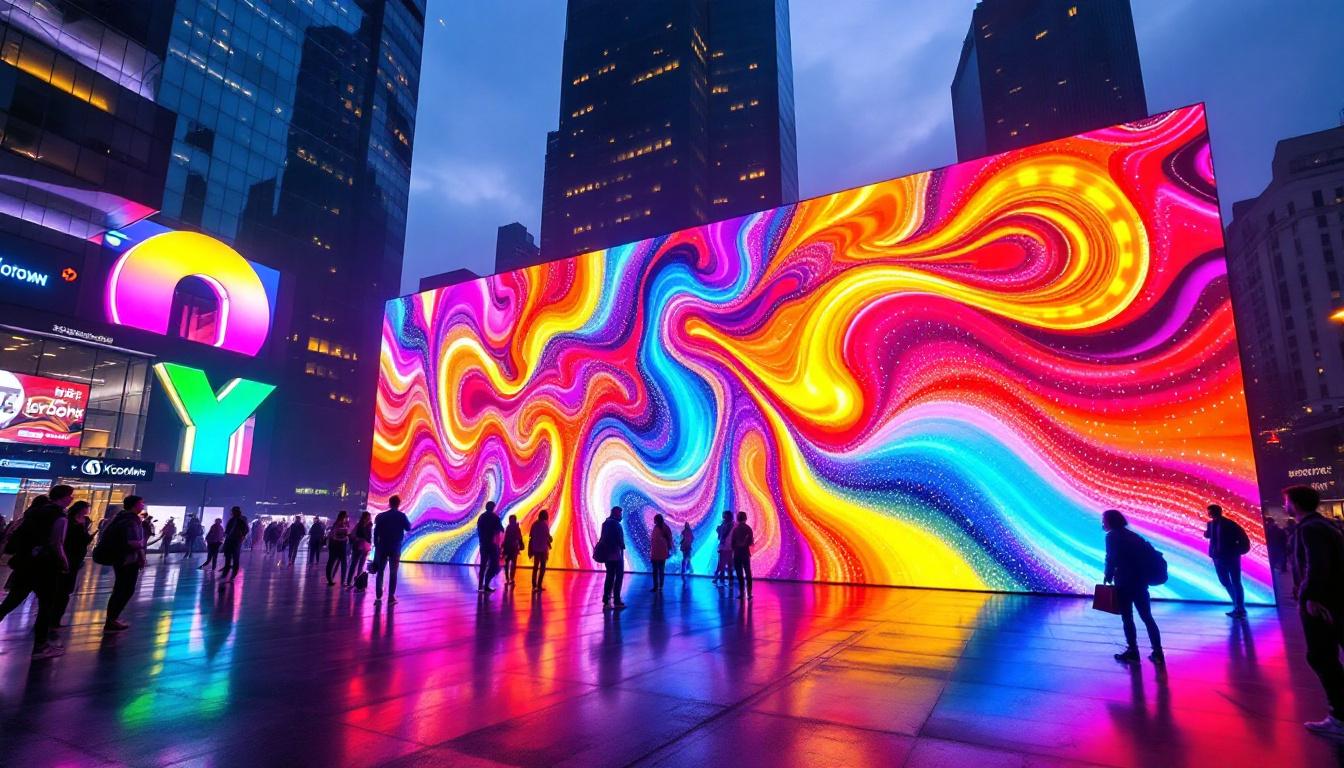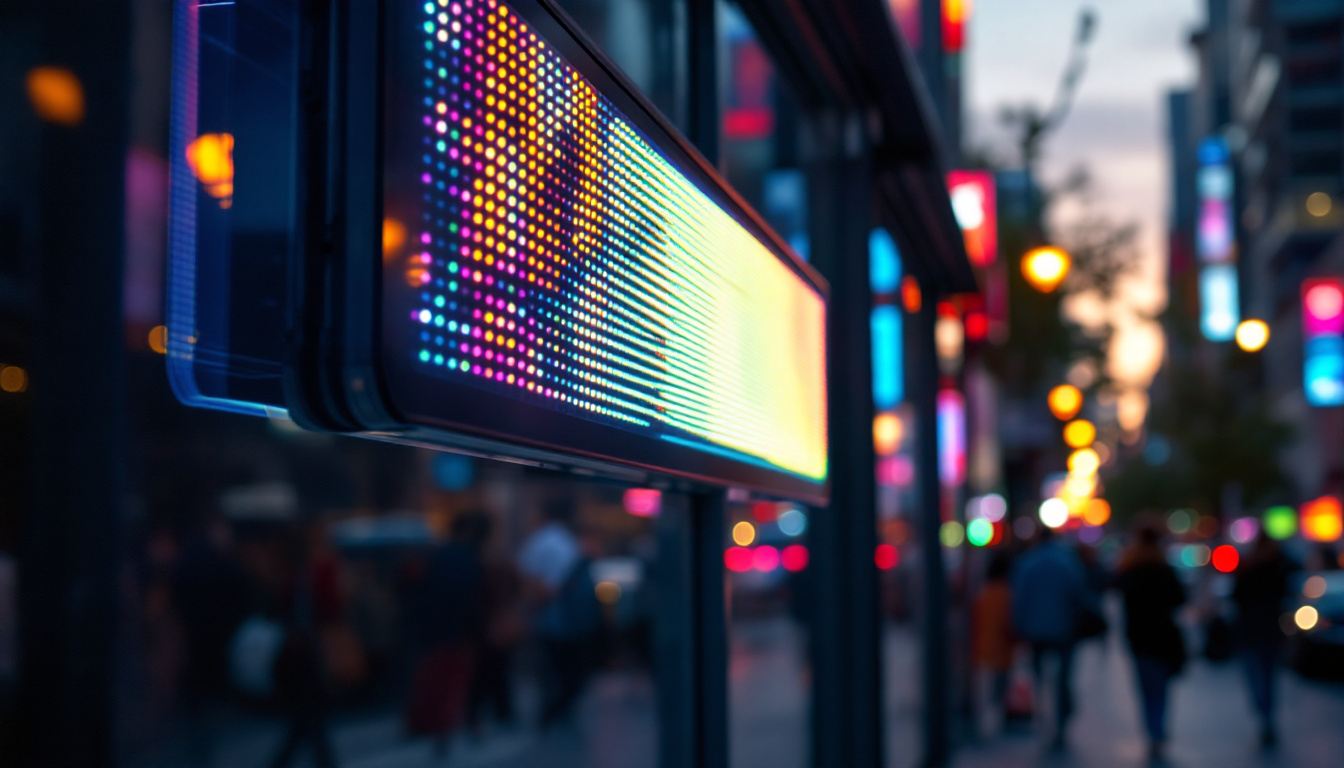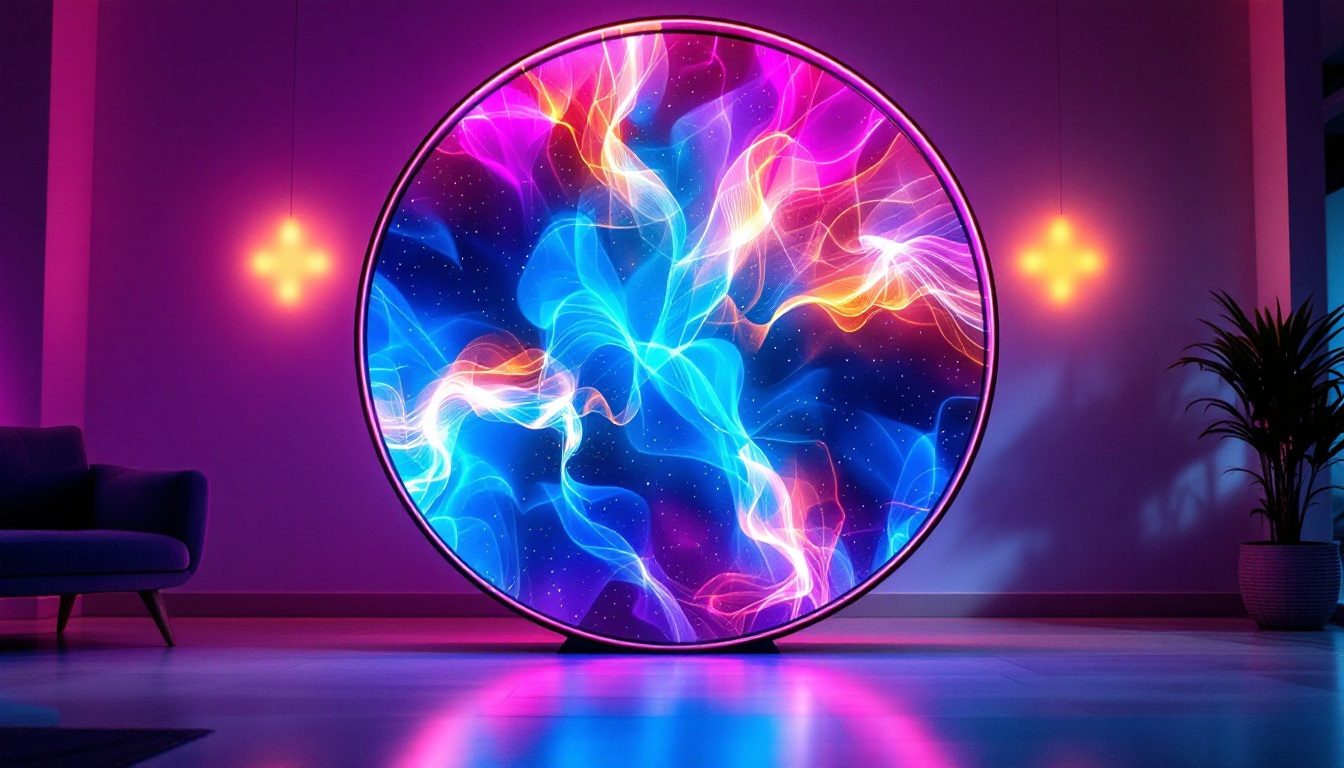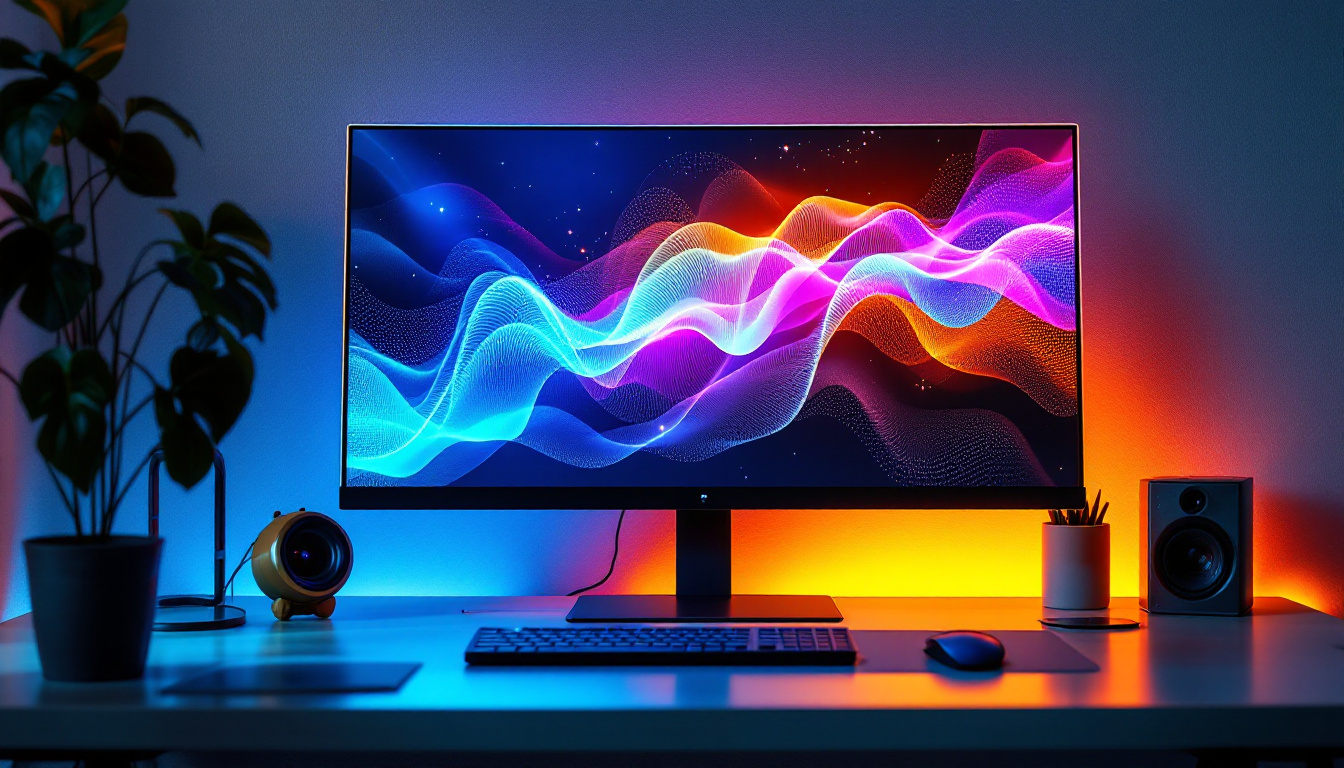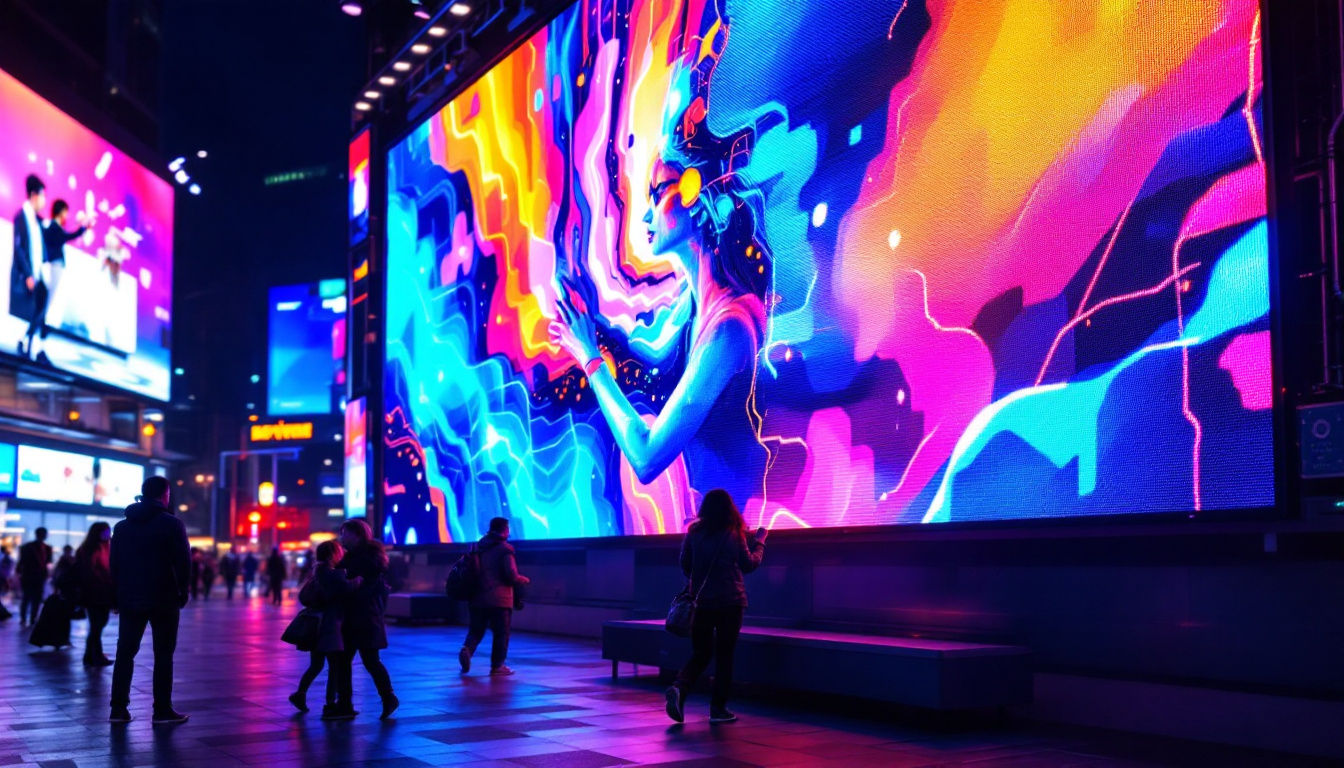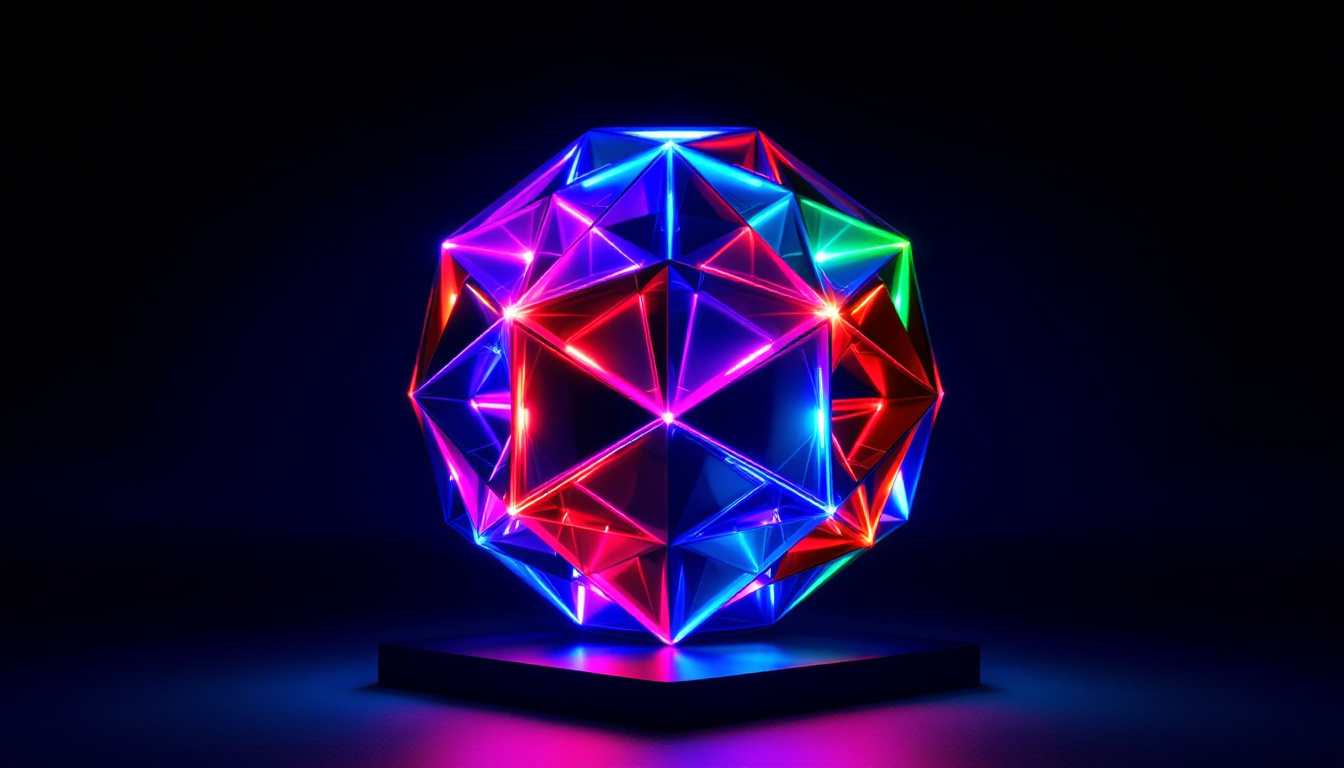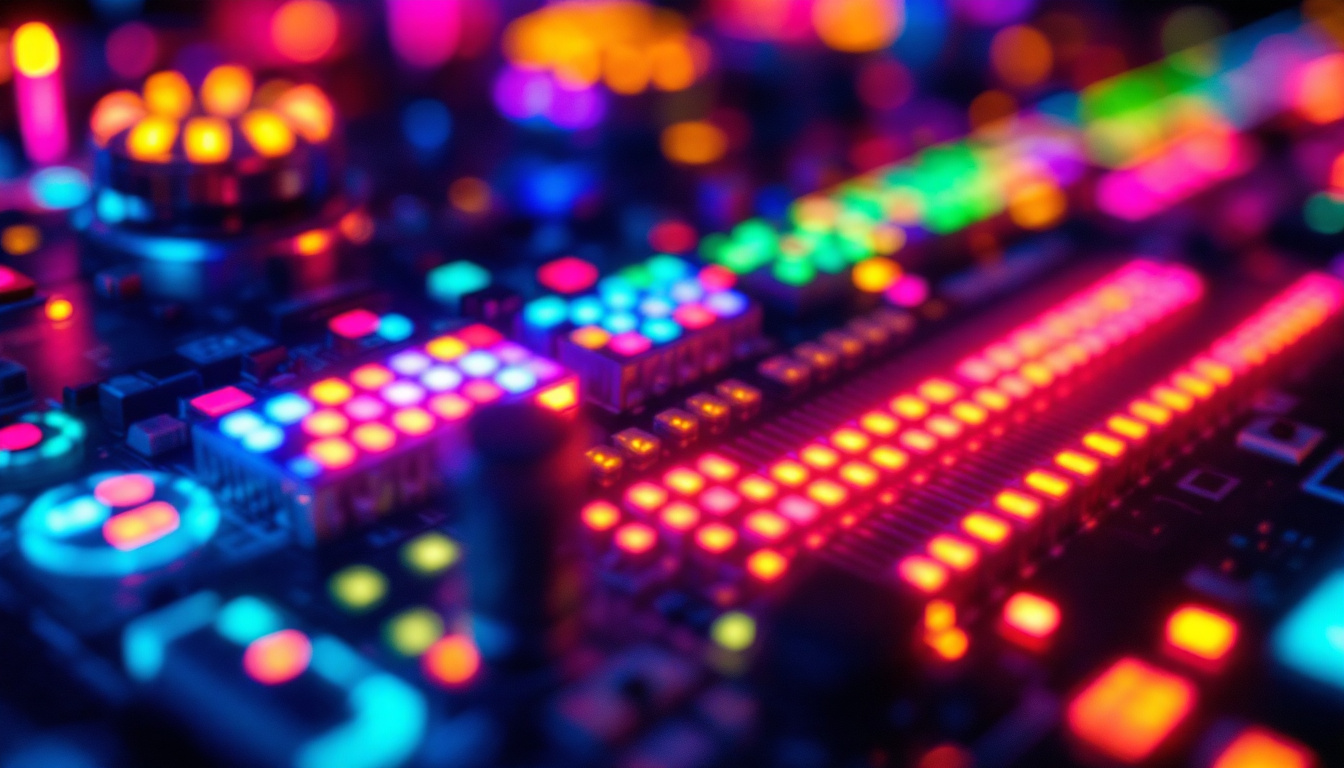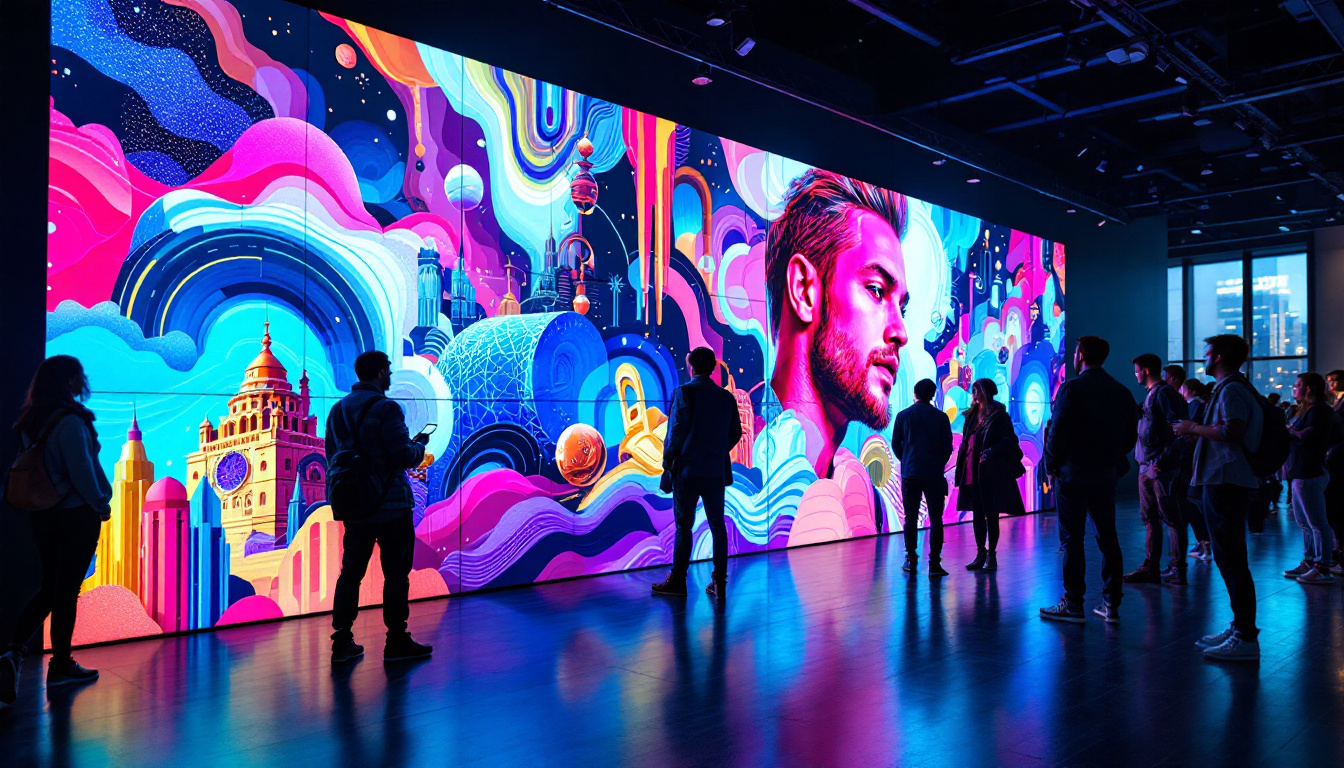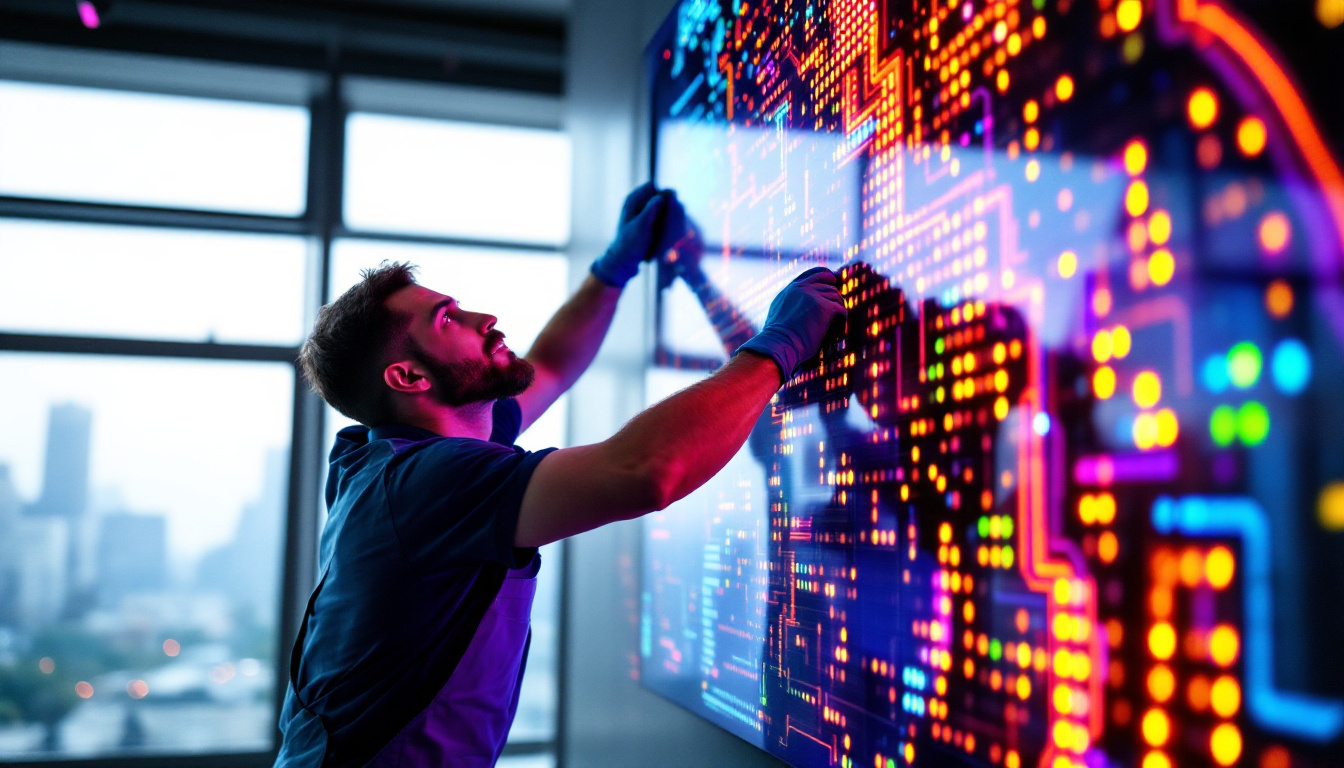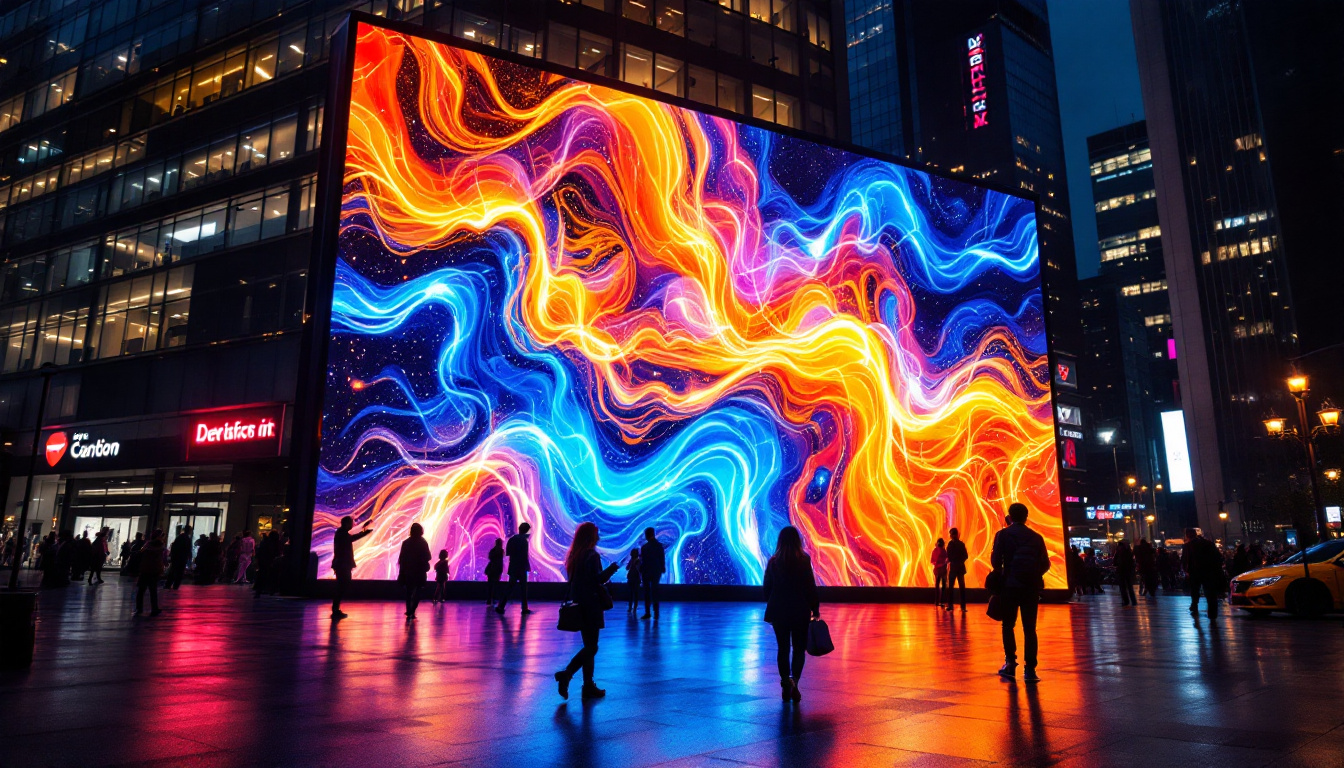Understanding the conversion between centimeters and millimeters is essential in various fields, including engineering, design, and technology. This article will delve into the specifics of converting 1.9 centimeters to millimeters, while also exploring the significance of LED displays in modern applications. By the end, readers will have a clear grasp of both the metric conversion and the role of LED technology.
Understanding Metric Conversions
The metric system is a decimal-based system of measurement that is widely used around the world. It simplifies calculations and conversions due to its base-10 structure. In this system, centimeters (cm) and millimeters (mm) are two common units of length. The conversion between these units is straightforward, making it easy to switch from one to the other.
Basic Conversion Formula
To convert centimeters to millimeters, one simply needs to remember that 1 centimeter is equal to 10 millimeters. Therefore, to convert 1.9 cm to mm, the calculation is as follows:
1.9 cm × 10 = 19 mm
Thus, 1.9 centimeters is equivalent to 19 millimeters. This simple formula can be applied to any measurement in centimeters to obtain its millimeter equivalent.
Applications of Metric Conversions
Metric conversions are crucial in various professional fields. For instance, in construction and engineering, precise measurements can significantly impact the integrity and functionality of a project. Designers and architects often rely on accurate conversions to ensure that their plans are executed correctly.
In the realm of manufacturing, especially in industries dealing with electronics, precise measurements are vital. Components must fit together perfectly, and even a small discrepancy can lead to malfunctions or inefficiencies. Furthermore, the automotive industry also heavily relies on metric conversions, as parts are often designed and manufactured in millimeters to ensure compatibility and performance across various models and brands.
Beyond these industries, the importance of metric conversions extends to the field of science and medicine. In laboratories, researchers frequently convert measurements for experiments, ensuring that chemical reactions and biological processes occur under optimal conditions. In healthcare, dosages of medications are often prescribed in milligrams or milliliters, and accurate conversions can be critical for patient safety. Thus, understanding metric conversions not only facilitates practical applications but also enhances communication and collaboration across diverse fields.
Introduction to LED Displays
Light Emitting Diodes (LEDs) have revolutionized the way information is displayed and communicated. LED displays are used in a variety of applications, from digital signage to televisions, and their popularity continues to grow. Understanding how LED displays work and their advantages can provide insights into their widespread use.
How LED Displays Work
LED displays consist of an array of small light-emitting diodes that produce light when an electric current passes through them. Each diode emits a specific color, and by combining these colors, a full spectrum of light can be created. This technology allows for vibrant images and text to be displayed with high clarity.
The arrangement of these diodes can vary, leading to different types of LED displays, such as single-color, multi-color, and full-color displays. The resolution of an LED display is determined by the number of pixels it contains, which directly affects the quality of the image produced. For instance, a higher pixel density results in sharper images and finer details, making it crucial for applications like high-definition televisions and intricate digital signage.
Moreover, advancements in LED technology have introduced features such as flexible displays and transparent screens, which open up new possibilities for creative installations. These innovations allow designers to integrate LED displays into a variety of environments, from retail spaces to art installations, enhancing the visual experience and engagement of the audience.
Advantages of LED Technology
One of the most significant advantages of LED displays is their energy efficiency. Compared to traditional incandescent bulbs, LEDs consume significantly less power, making them more environmentally friendly and cost-effective in the long run. Additionally, LED displays have a longer lifespan, often lasting tens of thousands of hours, which reduces maintenance costs.
Another advantage is their brightness and visibility. LED displays are capable of producing bright images that can be seen clearly in various lighting conditions, making them ideal for outdoor advertising and public information displays. This capability is particularly beneficial in urban environments where ambient light can be a challenge. Furthermore, the durability of LED technology means that these displays can withstand harsh weather conditions, ensuring that they remain functional and effective regardless of the elements.
In addition to their practical benefits, LED displays also offer enhanced interactivity features. Many modern LED displays are equipped with touch-sensitive technology or can be integrated with sensors to create engaging experiences for users. This interactivity can be leveraged in various settings, such as museums, trade shows, and retail environments, where engaging customers and providing dynamic content can significantly enhance the overall experience.
Applications of LED Displays
LED displays have found applications in numerous fields due to their versatility and effectiveness. From advertising to entertainment, the uses of LED technology are vast and varied.
Advertising and Marketing
In the world of advertising, LED displays are a game-changer. They allow businesses to showcase dynamic content that can capture the attention of passersby. Digital billboards and storefront displays can easily be updated to reflect current promotions, making them a valuable tool for marketing strategies.
Moreover, LED displays can be used for targeted advertising, where content can be tailored based on the time of day or audience demographics. This level of customization enhances the effectiveness of advertising campaigns. For instance, a coffee shop might display morning specials during rush hour, while a bar could promote happy hour deals in the evening. The flexibility of LED technology not only maximizes visibility but also optimizes engagement, ensuring that the right message reaches the right audience at the right time.
Entertainment Industry
The entertainment industry heavily relies on LED technology for concerts, theaters, and events. Large LED screens are used to display visuals that enhance the audience’s experience, providing vibrant imagery and clear text that can be seen from a distance.
Additionally, LED technology is employed in stage lighting, where it can create stunning visual effects that complement performances. The ability to change colors and patterns quickly adds an extra layer of creativity to live shows. Beyond concerts, LED displays are also integral to film production, where they can serve as backdrops for scenes, allowing for real-time adjustments and immersive environments. This innovation not only streamlines the production process but also elevates the storytelling experience, captivating audiences with breathtaking visuals that transport them into the narrative.
Furthermore, LED displays are increasingly being utilized in theme parks and attractions, where they enhance rides and experiences with interactive elements. For example, LED screens can provide real-time feedback during a ride, displaying scores or personalized messages that engage visitors. This integration of technology not only enriches the entertainment value but also fosters a deeper connection between the audience and the experience, making it memorable and unique.
The Future of LED Displays
As technology continues to advance, the future of LED displays looks promising. Innovations in this field are likely to lead to even more efficient, brighter, and versatile displays.
Emerging Technologies
One of the most exciting developments in LED technology is the emergence of flexible displays. These displays can be bent and shaped to fit various surfaces, opening up new possibilities for design and application. Flexible LED displays could revolutionize advertising, allowing for creative installations that were previously not possible. Imagine storefronts that can wrap around corners or billboards that can conform to the contours of buildings, creating a seamless visual experience that captures the attention of passersby.
Additionally, advancements in microLED technology are paving the way for even smaller and more efficient displays. MicroLEDs are made up of tiny individual LEDs, which can produce high-resolution images with lower power consumption. This technology not only enhances the viewing experience with vibrant colors and deep contrasts but also allows for the creation of ultra-thin displays that can be integrated into various devices, from smartphones to large-scale video walls. The potential for microLEDs to be used in augmented and virtual reality applications is particularly exciting, as they can provide immersive experiences without the bulk of traditional display technologies.
Integration with Smart Technology
As smart technology continues to integrate into everyday life, LED displays are also evolving. Smart LED displays can connect to the internet, allowing for real-time updates and interactivity. This capability can enhance user engagement and create more dynamic advertising experiences. For instance, businesses can tailor their content based on audience demographics or current trends, ensuring that their messages are relevant and impactful. Additionally, interactive displays can facilitate user participation, such as touchscreens that allow customers to browse products or services in an engaging manner.
Furthermore, with the rise of the Internet of Things (IoT), LED displays can be programmed to respond to environmental factors, such as adjusting brightness based on ambient light. This not only improves visibility but also contributes to energy savings. The integration of sensors can enable displays to change content based on the time of day or even the weather, providing a more personalized experience. For example, a display could showcase sunny vacation destinations on a bright day while promoting cozy indoor activities during a rainstorm. This level of adaptability not only enhances the user experience but also positions LED technology as a key player in the sustainable technology movement, reducing energy consumption and waste in the process.
Conclusion
Understanding how to convert measurements from centimeters to millimeters is a fundamental skill that has practical applications across various fields. The conversion of 1.9 cm to mm, resulting in 19 mm, exemplifies the straightforward nature of metric conversions.
LED displays represent a significant advancement in technology, offering numerous benefits and applications. From advertising to entertainment, the versatility of LED technology continues to evolve, promising exciting developments in the future. As industries adopt these innovations, the impact of LED displays will only grow, shaping the way information is presented and experienced.
Discover LumenMatrix LED Display Solutions
As you’ve seen, LED displays are integral to modern visual communication, offering precision, efficiency, and versatility. If you’re inspired to elevate your brand’s presence or create immersive experiences with the latest in LED technology, look no further than LumenMatrix. Our comprehensive range of products, from Indoor and Outdoor LED Wall Displays to innovative LED Transparent Displays, is designed to captivate and engage your audience. We invite you to check out LumenMatrix LED Display Solutions and join the revolution in visual storytelling.

